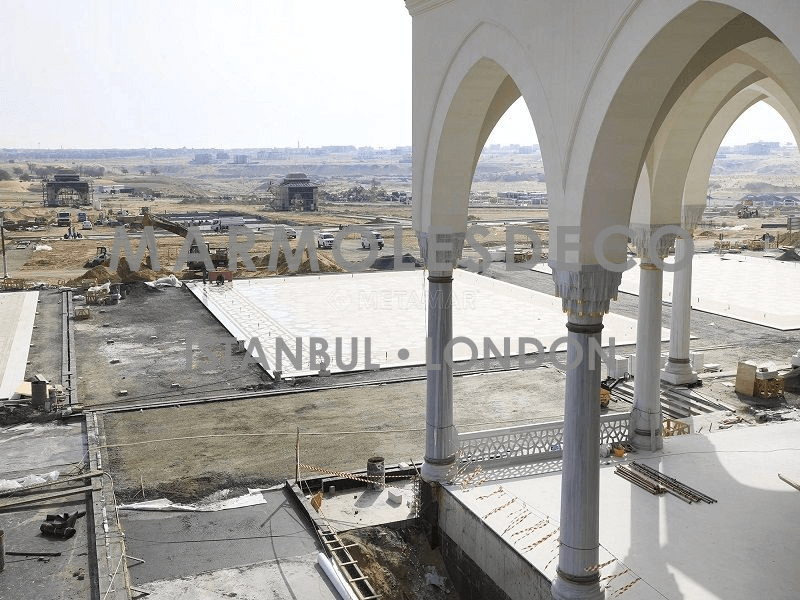The Timeless Beauty and Durability of Marble in Construction
Marble, an exquisite natural stone, has been a prized material in construction for centuries. Its enduring popularity can be attributed to its remarkable qualities that make it an ideal choice for various architectural and design purposes. Marble, primarily composed of calcium carbonate, has been used in the construction of some of the most iconic and enduring structures in history. This essay explores the significance of marble as a fundamental building material, emphasizing its aesthetic appeal, structural integrity, and historical importance.
Aesthetic Appeal
Marble's enduring popularity in construction lies in its unparalleled aesthetic appeal. Its distinctive veining patterns and lustrous surface create an aura of luxury and sophistication. The natural variations in color and veining make each slab of marble a unique work of art, adding character and individuality to any structure. Marble's ability to reflect light enhances the brightness and spaciousness of interior spaces, making it a preferred choice for flooring, countertops, and wall cladding in upscale homes, hotels, and commercial buildings. The timeless beauty of marble transcends architectural trends, ensuring that it remains a symbol of elegance and opulence in design.
Structural Integrity
Beyond its aesthetic charm, marble possesses remarkable structural integrity. Its high compressive strength and durability make it suitable for load-bearing applications in construction. Iconic structures like the Parthenon in Athens and the Taj Mahal in India stand as enduring testaments to the strength and longevity of marble. Additionally, marble's resistance to fire and heat makes it a valuable material in fireplaces and kitchen countertops. While it may require proper maintenance to prevent staining and erosion, marble's longevity and strength justify its use in both historic preservation and contemporary construction projects.
Historical Significance
Marble's historical significance in architecture cannot be overstated. The use of marble dates back to ancient civilizations, where it was employed in the construction of grand monuments, temples, and sculptures. In ancient Rome, marble became synonymous with power and wealth, adorning palaces, government buildings, and public spaces. Even today, historical buildings featuring marble, such as the Lincoln Memorial in Washington, D.C., continue to captivate visitors with their timeless beauty. Marble's enduring legacy in construction serves as a reminder of its integral role in shaping architectural history and culture.
In conclusion, marble's enduring appeal, structural integrity, and historical significance make it a vital and cherished component in the world of construction. Its ability to combine aesthetic beauty with practical strength has led to its continued use in both classic and contemporary architectural designs. Marble is not merely a building material; it is a symbol of elegance, endurance, and the timeless pursuit of architectural excellence. As we continue to appreciate and preserve the architectural wonders of the past, we can be certain that marble will remain an essential part of the construction industry for generations to come.








 Online Catalog
Online Catalog